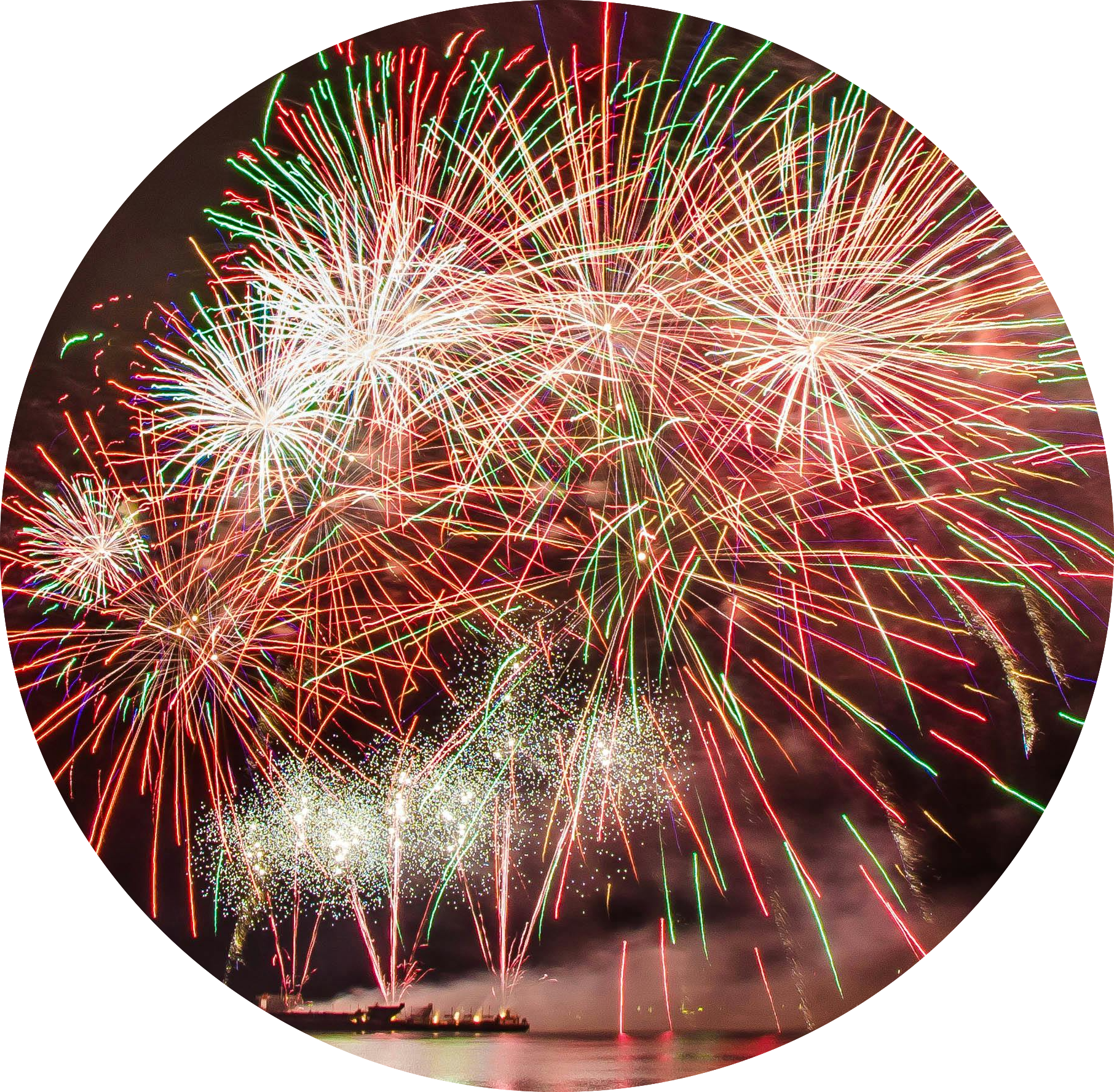
Few traditions mark the Fourth of July in the US as dramatically as fireworks. Taking center stage across the nation each summer, fireworks deliver thrilling displays with a hint of danger to eager crowds. Meeting spectators’ expectations for new visual effects year after year, the fireworks industry must also mitigate the risks—to the public, the fireworks workforce, and the environment—that accompany explosives. And thanks to technological advances such as AI, innovative solutions can help minimize harmful impact and unlock new creative approaches for safer, more spectacular fireworks experiences.
Despite the hazards, fireworks endure as the centerpieces of annual celebrations across the globe. Behind this lasting appeal are the scientific and artistic skills of pyrotechnic professionals responsible for their design, development, and display. Now, with advances in AI, these professionals have new technologies to expand their creative options.
AI technologies can help fireworks designers discover new combinations of colors, shapes, and effects by analyzing and predicting the behavior of chemicals and other materials that form the magic of firework displays. AI algorithms can optimize the altitude, timing, and trajectory of fireworks to help pyrotechnicians execute displays with greater precision, enabling such effects as visual effects synced seamlessly with music. With AI-enabled simulations, they can experiment with various display scenarios to predict how variables such as wind conditions might impact the show. AI can also support analyses of audience response to help designers customize displays based on spectator responses and locations.

An additional threat that traditional fireworks present is wildfires. Research has found that reports of wildfires nearly doubled in the US West on July 4 each year between 1992 and 2020. AI technologies can create simulations, track conditions in real time, and optimize trajectories to detect and address fire safety issues.
The chemical reactions behind the splendor of fireworks can also be serious workplace hazards for the workers who produce them. These dangers have resulted in casualties in the fireworks workforce, such as a deadly explosion at a Florida fireworks warehouse in December 2022 and explosions at fireworks factories throughout Asia. AI-driven technologies can help fireworks manufacturers detect risks, implement predictive maintenance of equipment, and perform real-time monitoring of systems and processes.
AI can also help fireworks manufacturers gain insights into the drivers of accidents in their factories. Researchers developed a machine-learning model to analyze the relationship between human factors and the human error that is often behind injuries and fatalities in the fireworks industry, making recommendations to reduce human error. For another study, researchers used artificial neural networks to predict accidents in fireworks factories based on atmospheric conditions. Automated inspections can also help manufacturers identify defects more efficiently and effectively.
The Consumer Product Safety Commission estimates that 9,700 fireworks-related injuries occurred in 2023 and the rate of such injuries increased overall between 2008 and 2023. Sales of consumer fireworks, as opposed to display fireworks, have risen considerably in recent years, increasing the likelihood of fireworks-related incidents among pyrotechnic amateurs. AI can help mitigate these risks by making the behavior of fireworks more predictable in the production process, reducing the likelihood that a defective firecracker will reach the market. For public fireworks events, AI can help pyrotechnicians monitor displays in real time to detect and address potential hazards.
The enduring appeal of fireworks unites communities in the observance of occasions and in the shared experience of awe. Yet, as with anything, there is a level of risk of injury and environmental harm. AI technologies are providing solutions, either through non-explosive alternatives to fireworks or through tools to mitigate their harmful effects, that can help us indulge our fireworks fixation safely and responsibly for generations to come.
Subscribe to get the latest updates from Data Society, including tips for how to use your data better, real-life examples of leveraging analytics, and more.